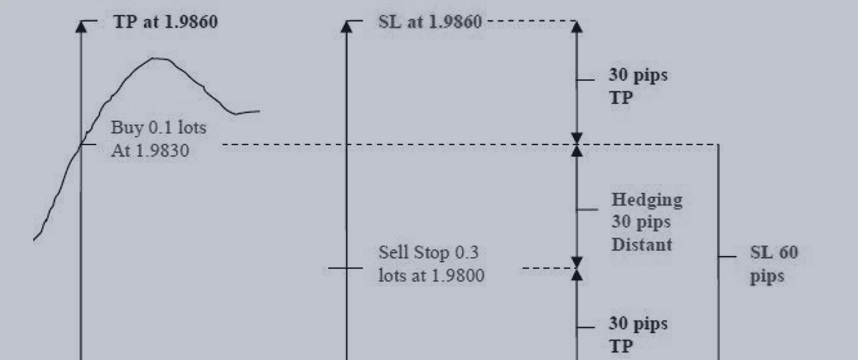When I set about to fulfill my expert advisor "Catch the Hedge", I proposed two objectives:
1) Having a small account with a starting capital of just $ 100 in order to make it accessible to all users.
2) Do not lose all the capital.
The second point is obviously the most important, because the EA that I was going to make would use a hedging strategy, resulting in a doubling of the lots for every new order and then a high risk strategy.
The engine works on any currency pair, provided of course that you are using a good strategy backtest as what I shall now describe:
The model used is Open prices only with a period set to M1 so as to make the backtest faster but at the same time closer to the model "every tick" which is the most accurate.
The Spread is the average of the last two days of recorded data on my broker and on the type of account I wish to use.
The Use date runs from January 1, 2000 to the last quarter of useful (if now is May 2015, the end date will be April 1, 2015).
The Initial deposit will be set to 100 USD.
At this point after I have set all the parameters that I wish to use, I have to perform 6 rounds of optimizations:
1st round: the timeframe of the EA indicators is set to M1
2nd round: the timeframe of the EA indicators is set to M5
3rd round: the timeframe of the EA indicators is set to M15
4th round: the timeframe of the EA indicators is set to M30
5th round: the timeframe of the EA indicators is set in H1
6th round: the timeframe of the EA indicators is set to H4
At the end of each round I will write all the data in an Excel spreadsheet, making sure to write in the first column the timeframe used for indicators.
Completed all, in the last column I will execute a short calculation for the "Recovery Factor" (Total net profit / Maximal drawdown).
At this point I'm going to delete irrelevant data that will be all that data with a "Total net profit" of less than 100 USD and, all those data with a "Total trades" of less than 100.
I order everything for the "Recovery Factor" column in descending order after which, starting from the first line, I began to carry out a series of steps going back a quarter at a time, this time removing the optimizations, setting the parameters of the engine with values recovered from my optimization and setting the model this time on every tick with a period corresponding to the timeframe used for optimization.
Example:
1st step: start date = January 1, 2015; end date = April 1, 2015.
2nd step: start date = October 1, 2014; end date = April 1, 2015
3rd step: start date = July 1, 2014; end date = April 1, 2015
.
.
.
Last step: start date = January 1, 2000; end date = April 1, 2015
If all these steps ending in gain then I can consider the backtest successfully.
The parameters that will be used in real time on my account will be those who have passed all stages of backtest with the higher recovery factor.
The "Total net profit" realized with this method of backtest will not be very high, as it will not be high the number of "Total trades" performed, but all this will benefit the stability of the system and avoid to erase our trading account.
Also if we have in our metatrader platform different currency pairs operating, surely we will increase the frequency of trading and our future earnings.
Happy Trading...



